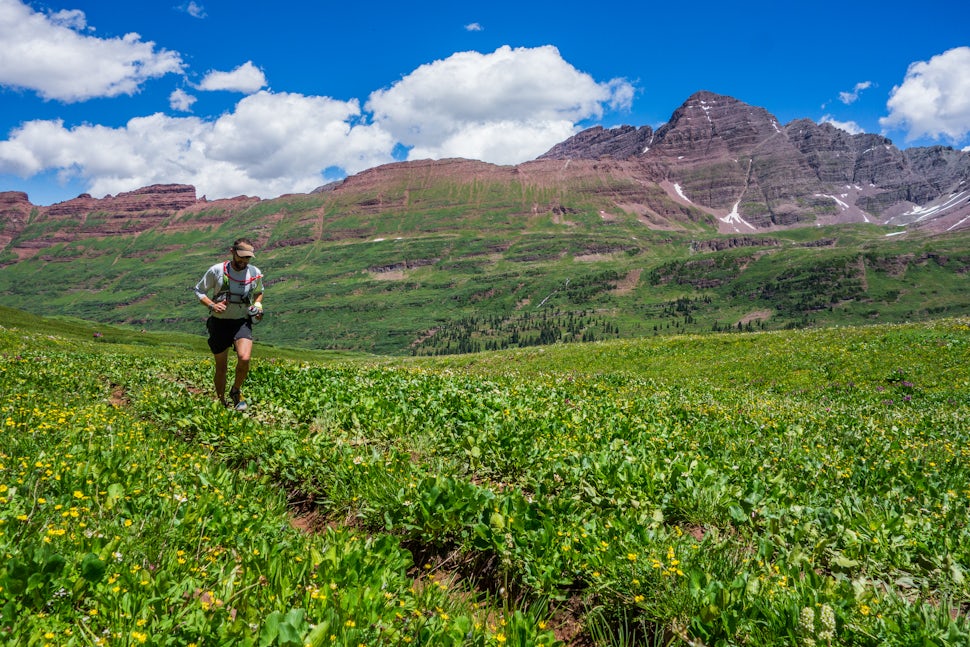How to Stay Safe and Prevent Injury While Exercising Outdoors
Safe and smart exercising

Getting in daily exercise is important for everyone, and when the weather is nice there’s nothing better than working out in the fresh air. Running, walking, hiking, and bicycling are just a few of the fun ways you can get your heart rate up outdoors, but it’s important to stay safe while you’re doing them. Being prepared and taking certain precautions before you start your routine can keep you from having issues such as heatstroke and dehydration, which can lead to serious injury.
One of the best ways to be prepared is simply to make sure you are well-rested and have had enough to eat and drink before your workout. Fueling up before a big run will keep up your energy levels and prevent you from feeling light-headed once the blood starts flowing.
Read on for more tips on how to prepare for an outdoor workout.
Take care of your body
Your body is a giant machine, and it’s important to make sure all the pieces are working well before setting it to the task of exercise. Get plenty of sleep the night before, and do stretches before you even get out of bed. This can help you gently wake up your muscles and will have you feeling ready to start the day.
It’s a good idea to eat at least an hour before you set off; this way, your food has time to digest but you’ll still get the benefits of those calories for energy. Don’t overdo it; a piece of whole wheat toast with peanut butter and some fruit is a great choice. If you know you’ll be out for a long time, bring along a small pack with nuts, a granola bar, and some dried fruit so you can fuel up again and prevent a drop in blood sugar, which can make you dizzy or faint. Bring along a large bottle of water, if possible, to prevent dehydration.
Dress appropriately
Depending on the weather, you may need to dress in thin cotton layers that can be shed if you get overheated. On hot days, remember to wear a hat to protect the top of your head as well as your face. Apply sunblock liberally to any exposed body part and wear the right shoes, especially if you’ll be hiking or walking a very long distance. Hikers need sturdy boots that protect the ankles and can climb over rough terrain, and these should be fitted to your feet before you buy them, if possible. Wear them a few times before taking on a big climb so you can break them in and prevent blisters.
For more tips on how to prepare for a hike, read on here.
Come prepared
If you’re going on a long walk or on your first hiking trip, do some research ahead of time to make sure you have your route memorized. Bring a map and compass along, just to be on the safe side. If you know you’ll have access to a signal, bring your phone in case you need to call for help or need navigation assistance. Look online at a map of your destination and memorize all exits and how far away the nearest hospital or fire station is in case of emergency.
It’s not a bad idea to bring along matches or a lighter, flares, a small first aid kit, and a good knife for the sake of safety.
Wear safety gear
Whether you’re exercising in your own neighborhood or hiking in the mountains, it’s imperative to wear the right safety gear, especially if you’ll be out early in the morning or at night, when visibility is lower. Wear reflective items at all times and be sure to bring along a helmet, knee pads, and elbow pads if you’re biking. Your bike should also have reflectors, as well. Make sure you bike with traffic and run against it, which will keep you the most visible.
Exercising outdoors is a fun way to get in a workout, but it’s important to remember all the dangers it provides as well. Be prepared and stay vigilant to ensure you stay safe at all times.
Cover photo: Jason Hatfield
We want to acknowledge and thank the past, present, and future generations of all Native Nations and Indigenous Peoples whose ancestral lands we travel, explore, and play on. Always practice Leave No Trace ethics on your adventures and follow local regulations. Please explore responsibly!
Do you love the outdoors?
Yep, us too. That's why we send you the best local adventures, stories, and expert advice, right to your inbox.








